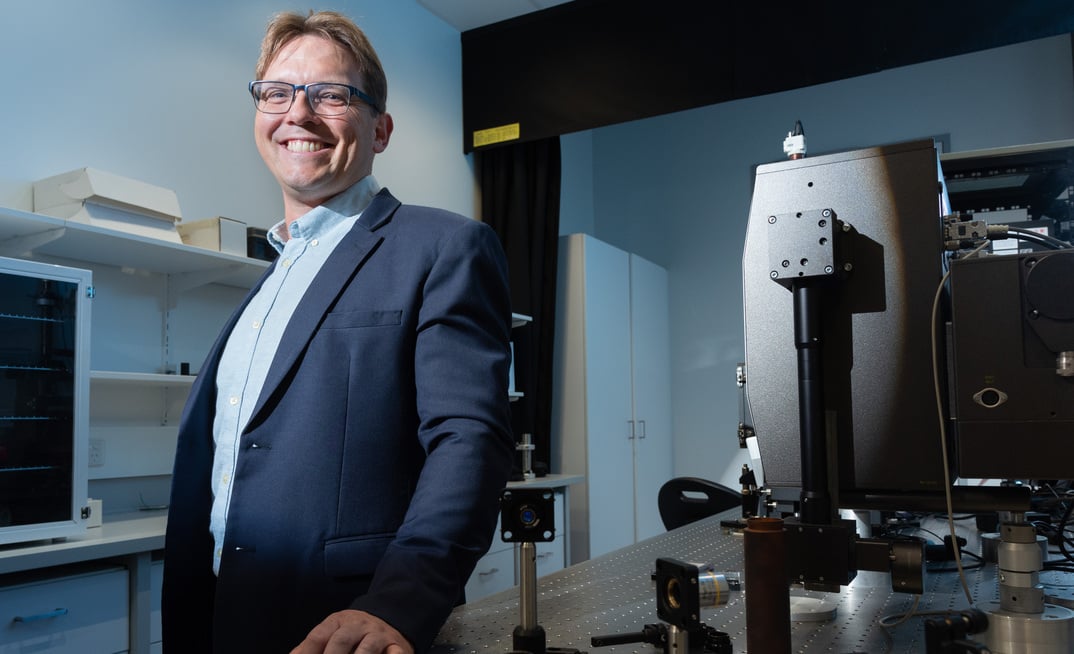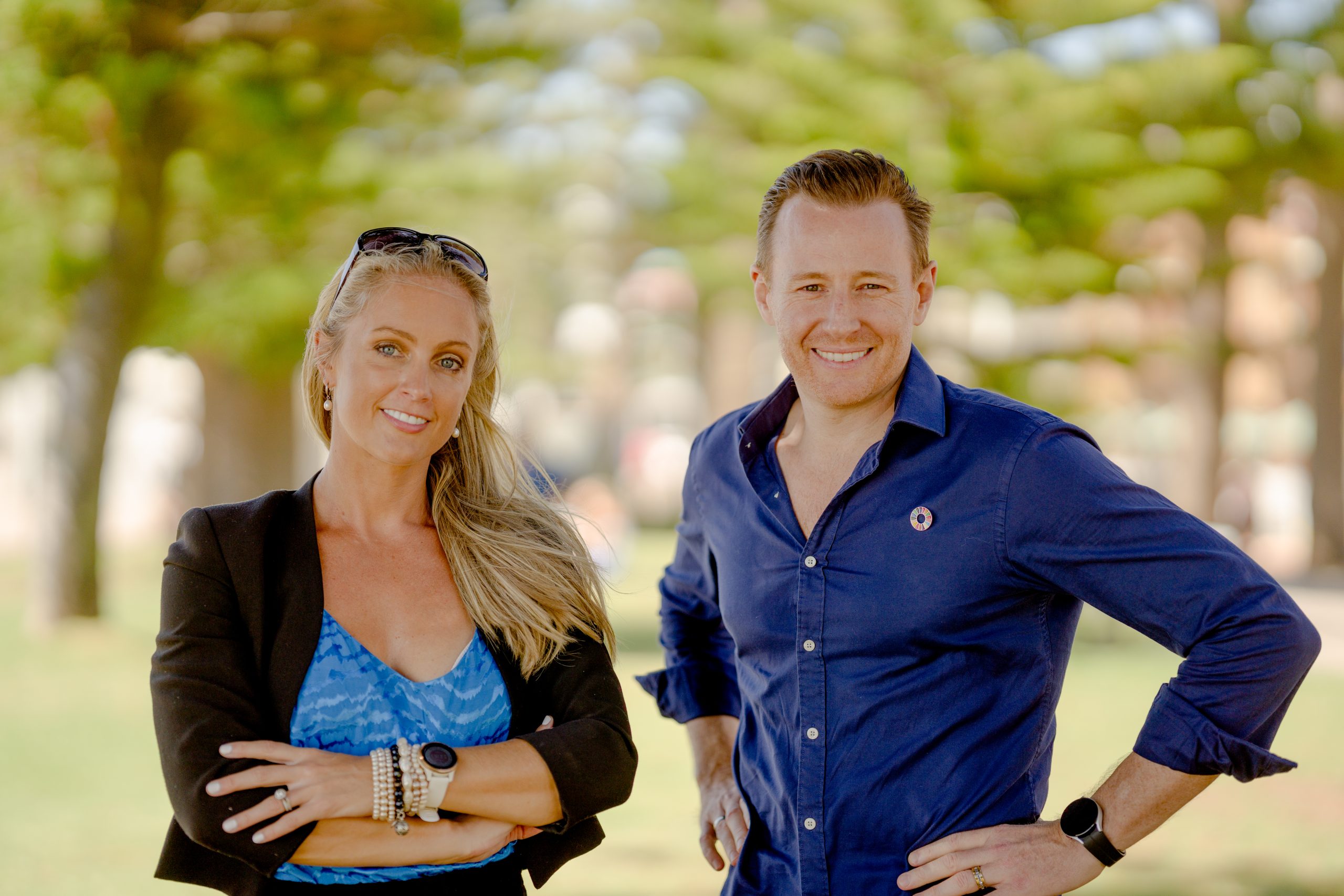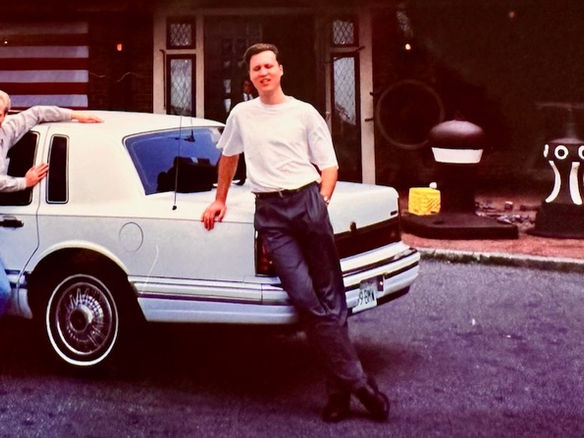Digital accessible wayfinding company BindiMaps is partnering with Australia Post to launch the world’s first indoor navigation system with an incredible localisation accuracy of just 30 centimetres.
The BindiMaps “Hyperlocal” technology was partly funded by a $1 million innovation grant from the NSW Small Business Innovation and Research (SBIR) program.
It was originally developed in response to a call-out by Transport for NSW for solutions to improve navigation accuracy within Australian transport hubs, to help people with vision impairment navigate these complex spaces effectively and safely.
However its application is not limited to people with a vision impairment, given research shows that poor wayfinding is costing businesses like hospitals huge amounts of money in labour costs, inefficiencies, missed appointments, and more.
It’s estimated that only 2 percent of BindiMaps users are currently blind, demonstrating its usefulness to a far broader population.
Hyperlocal will replace BindiMaps’ existing bluetooth beacon system, allowing building managers and owners to roll it out at 24 times the speed (from 24 hours down to 1 hour), with no disruption to building occupants and without altering the space itself.
This means it can be installed in all indoor spaces of any size, shape, or type globally including retrofit and non-traditional spaces such as heritage-listed sites, landmark architectural buildings, parking lots, tiny shop fronts, parks, temporary outdoor event spaces, and more.
This includes transport hubs like train or bus stations (that currently only use things like Braille and tactiles), where it can guide users safely and accurately from the entrance of the transport hub right to the door of their correct train or bus.
BindiMaps will first roll out in three Australia Post locations including Collins Street West GPO in Melbourne, Kent Street GPO in Sydney, and the Williamstown Community Hub in Melbourne.
The BindiMaps technology will guide Australia Post customers confidently, step-by-step, from the entrance of the Post Office through to the retail counters, to individual items in store, or towards the Post Office Boxes and Parcel Lockers.
Josh Bannister, Executive General Manager Retail, Brand and Marketing at Australia Post, said: “Australia Post is committed to improving the accessibility of our retail stores and it’s important to us that all customers are able to navigate our Post Offices easily and independently. The introduction of this technology is a great opportunity for us to test and learn how we can support the vision impaired community, as part of our commitment to innovation and modernising our Post Offices.”
In contrast to existing wayfinding systems such as Ultra Wide Band, Hyperlocal maps spaces by taking a GoPro video and using it to create a 3D digital model in the cloud.
This 3D digital model, along with the phone’s camera and sensors, and machine learning, then accurately locates users and navigates them to their destination.
In the future, the system could begin recognising changes in various spaces via information communicated through user data, potentially updating these changes in the 3D model and location data.
Today, the business model relies on a set-up fee and a low monthly subscription from building owners looking to maximise accessibility and occupant experience, however there are multiple potential revenue streams that BindiMaps could commercialise from the technology in coming years.
The existing app and navigation products had already been successfully rolled out across numerous transport hubs, hospitals, offices, and other locations in Australia and internationally.
These include the Sunshine Coast Airport, St Vincent’s Hospital, ACT Courts and, notably, Budapest Airport, where it’s currently used by tens of thousands of users of all abilities every year.
But rolling out Hyperlocal across the world could offer incredible new levels of indoor accessibility for the 1.3 billion people globally – or 16 percent of the world’s population – with a vision impairment or disability, according to BindiMaps.
Anna Wright, founder & CEO of BindiMaps, said: “Access to the built environment, in all its complex and dynamic forms, is one of the largest barriers for people with disabilities to participate equally in society. So we applaud Australia Post for its commitment to helping create a more inclusive society by partnering with us on our new technology.
“But we’ve all been very lost at many points in our lives, including at critical or stressful times like trying to find a small exam room in a large and complex university, or the location of a loved one in a seemingly endless maze of hospital beds.
“Hyperlocal will make it faster, cheaper, and easier to BindiMap-enable almost any location globally. This is great news for building owners and managers of all types of buildings large and small, as it will allow them to achieve their accessibility goals faster, and without disruption.
“In doing so, it will help to put BindiMaps on warp speed towards our vision of providing truly independent and equitable access to the built environment for all people across the globe – not just those with sight or who are able-bodied.”
Case Study
Ben Moxey is an Access and Technology Advisor at Guide Dogs NSW/ACT and is also blind. He has trialled BindiMaps at Castle Hill Train Station.
According to Ben: “The increased accuracy of BindiMaps’ new system means I was able to use it to safely and easily navigate to a specific train door from the entrance to Castle Hill Station. It was really impressive.
“A product like this would allow me to confidently and competently actually navigate through an environment and find where I need to go. So it’s a massive, massive plus and it’s something that’s really lacking in big shopping centres, train stations, and other spaces all around the country at the moment. Indoor mapping is like the final frontier in terms of what we need.”










